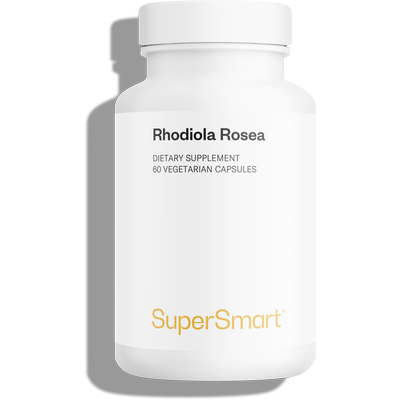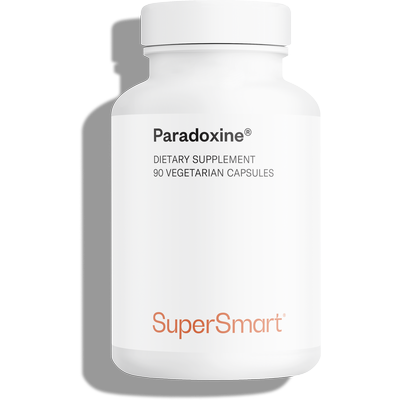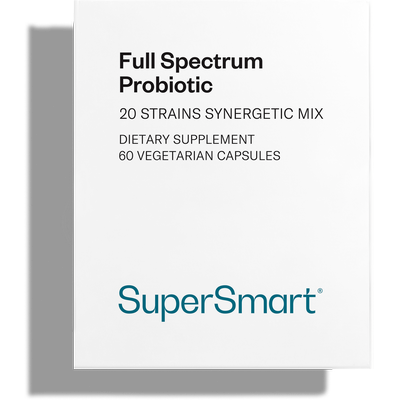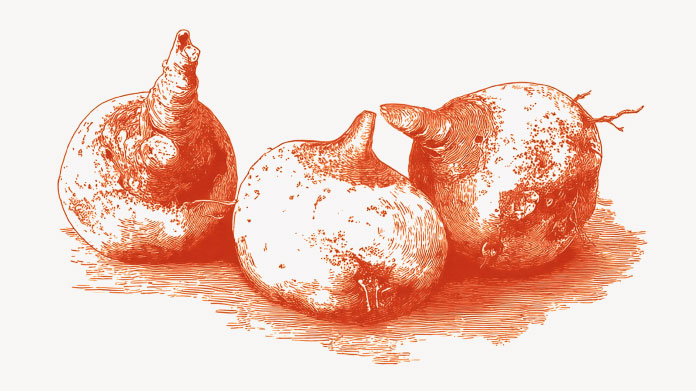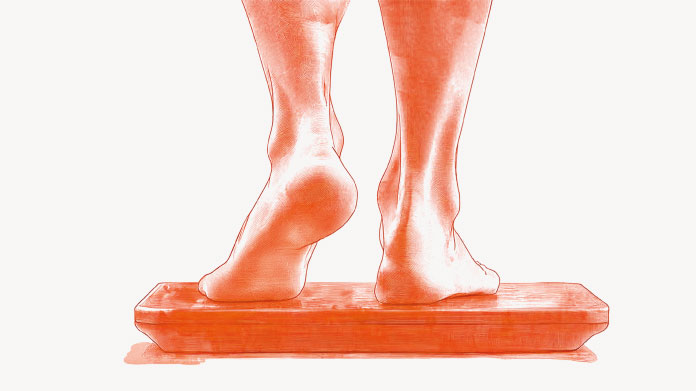How to lose your post-baby tummy
Flabby, untoned … After the joy of having a baby, many young mums feel dismayed by the state of their tummies. Read on for our tips on how to tone this area of the body after childbirth.

Why is your belly still big after giving birth?
If there’s one area of the body that undergoes significant change during pregnancy, it’s the belly! As well as the linea nigra and the stretch marks, young mums are often faced with a soft, slack and still-swollen tum in the postnatal period. And unfortunately, there’s no magic wand to make it disappear.
In addition to the characteristic flood of hormones, the uterus expands astronomically to accommodate the growing foetus: from the size of a fig at the beginning of gestation, to that of a watermelon 9 months later.
It therefore takes time for the uterine muscles to go back to normal, a process referred to as uterine involution(1). This happens over a period of 4 to 8 weeks. It is accompanied by contractions similar to menstrual cramps (after pains) and vaginal bleeding (lochia).
Pregnancy also distends the abdominal muscles, resulting in some degree of slackening (2). Finally, any ‘pregnancy pounds’ gained, especially fat reserves stored to meet the energy needs of mother and foetus, can take time to burn off (3), even though expelling the baby, placenta and amniotic fluid will have lightened the young mum’s load by an average 5kg-8kg!
Post-partum belly: how long does it take to go?
New mums differ when it comes to losing that post-partum belly. While the lucky ones get their flat stomachs back within a few days or weeks of delivering their babies, others take longer, depending on their skin or metabolism (4). As the saying goes: ‘9 months to have a baby, 9 months to recover’, so it’s important to be patient and kind to yourself.
Losing that tummy after a Caesarean: is it harder?
Women who have had C-sections may find it more difficult to lose their post-partum bellies due to a number of factors:
- unlike a vaginal delivery, a Caesarean section does not call upon the uterine and abdominal muscles and does not help to restore their tone (5);
- the healing process means the new mum has to delay her perineal and/or abdominal rehabilitation by several weeks and thus her return to exercise which is good for muscle strength and weight loss;
- the body’s organs reposition themselves slowly, which predisposes to a build-up of gas and bloating during the first weeks, making the tummy swell (6);
- a C-section may cause an unsightly bulge above the scar: while this is normal in the post-operative phase, for some women, it can persist for a long time. It can, however, be remedied by corrective or cosmetic techniques (liposuction or a mini-abdominoplasty or ‘tummy tuck’).
Slack tummy post-childbirth: how to tone it
Abdominal rehab
Abdominal rehab normally follows the perineal rehab designed to tone the pelvic floor muscles, and usually starts 6 to 8 weeks post-delivery.
Carried out by a midwife or physiotherapist, it helps totone the abdominal girdle and close the diastasis recti (separation of the rectus abdominis due to over-stretching) caused by pregnancy, by working the deep abdominal muscles (7). The best-known method uses hypopressive gymnastics which combines expiratory apnoea with a series of postures.
Once this dual muscle rehab has been completed, returning to exercise should not pose any problems.
Suitable diet
It is highly inadvisable to start a drastic diet soon after giving birth, as this could further weaken the body which has already been subjected to three trimesters of pregnancy and delivery. Even more so if the mother is breastfeeding as this requires an additional 500 or so calories a day. However, a balanced diet should be adopted as soon as possible in order to return to a healthy weight (and lose that post-partum belly).
The advice here is the same as for the general population: a good ratio of carbohydrates, protein and fats, plenty of fruit and vegetables, good hydration (1.5 litres of water a day) and most of all, raw and minimally-processed products (8).
Moderation should still be applied to consumption of sugar, salt, saturated fats and alcohol – and if the mother is breastfeeding, no alcohol at all, of course! Take care too with carbonated drinks and crudités, which tend to cause bloating.
However, it’s still important to allow yourself some well-deserved treats at what is a particularly intense period: a piece of homemade cake at the week-end or a square of dark chocolate after a meal is fine.
Post-delivery ‘belly-binding’
‘Belly-binding’ is an ancient tradition which can be found in various forms and designations in many civilisations: ‘Rebozo’ in Mexico, ‘Bengkung’ in Malaysia (9)...
The principle consists of wrapping the mother’s pelvis in a long, stiff cloth to encourage the ligaments stretched by the pregnancy and torn during delivery to revert to normal.
Belly-wrapping should be started in the first few days following childbirth (though not before 6 weeks in the case of a Caesarian) and applied for 45 minutes. It should be repeated regularly during the first few months post-delivery.
Massaging the belly after childbirth
Massaging your tummy in the postnatal period stimulates blood flow and lymphatic circulation while also boosting the production of elastin and collagen, two proteins that give skin its suppleness and firmness. Apart from the physical benefits, abdominal massage produces a feeling of mental relaxation conducive to better stress management (stress being a significant obstacle to weight loss).
Unless advised otherwise by your gynaecologist, it can be initiated from the first week following a vaginal delivery. In the case of a C-section, it is best to wait till things are fully healed (at least 6 weeks).
An extra tip: to maintain good tissue elasticity, continue applying your usual anti-stretch mark cream or oil.
Post-delivery weight loss: the best dietary supplements
If you’re struggling to get your flat stomach back after having a baby, then in addition to all these measures, there are dietary supplements which can boost your efforts. Be sure to seek medical advice if you are breastfeeding or have any post-partum complications.
Grains of paradise, or maniguette, is a spice that has long featured in the pharmacopoeia of West Africa where it is traditionally used for digestive discomfort. A number of studies have also demonstrated the role of 6-paradol, one of its main components, in thermogenesis of adipose tissue (which is why Paradoxine®, an extract of grains of paradise, is standardised to 12.5% 6-paradol) (10). Unlike many ‘fat-burners’, it is completely free of caffeine, which new mums are often advised to avoid post-partum.
Since emotional equilibrium has a direct effect on the weight-loss process, it is also a good idea to take advantage of adaptogen plants to boost your physical and mental resistance. One of the most popular for this post-partum period is rhodiola: in addition to its ability to support physical health and the nervous system, it is also attracting scientific interest for its particular affinity with adipocytes in the abdominal area (it can be found in the supplement Rhodiola Rosea, standardised to 5% rosavin and 1.8% salidroside for enhanced efficacy) (11-12).
A randomised trial has also investigated the potential benefits of supplementing with the probiotic strains Lactobacillus rhamnosus GG and Bifidobacterium lactis during pregnancy, alongside dietary measures, with the aim of limiting weight gain post-partum (both strains feature in the product Full Spectrum Probiotic Formula) (13).
SUPERSMART ADVICE
References
- Paliulyte V, Drasutiene GS, Ramasauskaite D, Bartkeviciene D, Zakareviciene J, Kurmanavicius J. Physiological Uterine Involution in Primiparous and Multiparous Women: Ultrasound Study. Obstet Gynecol Int. 2017;2017:6739345. doi: 10.1155/2017/6739345. Epub 2017 May 7. PMID: 28555159; PMCID: PMC5438840.
- Fukano M, Tsukahara Y, Takei S, Nose-Ogura S, Fujii T, Torii S. Recovery of Abdominal Muscle Thickness and Contractile Function in Women after Childbirth. Int J Environ Res Public Health. 2021 Feb 22;18(4):2130. doi: 10.3390/ijerph18042130. PMID: 33671663; PMCID: PMC7926552.
- Institute of Medicine (US) Committee on Nutritional Status During Pregnancy and Lactation. Nutrition During Pregnancy: Part I Weight Gain: Part II Nutrient Supplements. Washington (DC): National Academies Press (US); 1990. 5, Total Amount and Pattern of Weight Gain: Physiologic and Maternal Determinants. Available from: https://www.ncbi.nlm.nih.gov/books/NBK235227/
- Tinius RA, Yoho K, Blankenship MM, Maples JM. Postpartum Metabolism: How Does It Change from Pregnancy and What are the Potential Implications? Int J Womens Health. 2021 Jun 17;13:591-599. doi: 10.2147/IJWH.S314469. PMID: 34168507; PMCID: PMC8216742.
- Kwon YJ, Hyung EJ, Yang KH, Lee HO. How different modes of child delivery influence abdominal muscle activities in the active straight leg raise. J Phys Ther Sci. 2014 Aug;26(8):1271-4. doi: 10.1589/jpts.26.1271. Epub 2014 Aug 30. PMID: 25202194; PMCID: PMC4155233.
- Dimitrov A, Nikolov A, Nashar S, Mikhova M, Pavlova E, Krŭsteva K. [Puerperal uterine involution according to the method of delivery]. Akush Ginekol (Sofiia). 2007;46(9):14-8. Bulgarian. PMID: 18642558.
- Laframboise FC, Schlaff RA, Baruth M. Postpartum Exercise Intervention Targeting Diastasis Recti Abdominis. Int J Exerc Sci. 2021 Apr 1;14(3):400-409. PMID: 34055160; PMCID: PMC8136546.
- Balsarkar G. Clinical Practice Guidelines for Weight Management in Postpartum Women: An AIIMS-DST Initiative in Association with FOGSI. J Obstet Gynaecol India. 2022 Apr;72(2):99-103. doi: 10.1007/s13224-022-01654-7. Epub 2022 Mar 23. PMID: 35492855; PMCID: PMC9008111.
- Ridzuan MH, Ali MF, Tan CE, Abdul Aziz AF. Traditional and Complementary Medicine Use During Postpartum Period: A Cross-Sectional Analysis at a Rural, Public Maternal and Child Health Clinic in West Malaysia. 2021 Jun 3;13(6):e15410. doi: 10.7759/cureus.15410. PMID: 34249557; PMCID: PMC8254049.
- Sugita J, Yoneshiro T, Sugishima Y, Ikemoto T, Uchiwa H, Suzuki I, Saito M. Daily ingestion of grains of paradise (Aframomum melegueta) extract increases whole-body energy expenditure and decreases visceral fat in humans. J Nutr Sci Vitaminol (Tokyo). 2014;60(1):22-7. doi: 10.3177/jnsv.60.22. PMID: 24759256.
- Perfumi M, Mattioli L. Adaptogenic and central nervous system effects of single doses of 3% rosavin and 1% salidroside Rhodiola rosea L. extract in mice. Phytother Res. 2007 Jan;21(1):37-43. doi: 10.1002/ptr.2013. PMID: 17072830.
- Pomari E, Stefanon B, Colitti M. Effects of Two Different Rhodiola rosea Extracts on Primary Human Visceral Adipocytes. 2015 May 11;20(5):8409-28. doi: 10.3390/molecules20058409. PMID: 25970041; PMCID: PMC6272273.
- Ilmonen J, Isolauri E, Poussa T, Laitinen K. Impact of dietary counselling and probiotic intervention on maternal anthropometric measurements during and after pregnancy: a randomized placebo-controlled trial. Clin Nutr. 2011 Apr;30(2):156-64. doi: 10.1016/j.clnu.2010.09.009. PMID: 20970896.
Keywords
10 Hours
Good service prompt delivery
Good service prompt delivery
Mrs Marcella Reeves
5 Days
I like your clear explanation
I like your clear explanation. And how to make a choice of products for a specific health problem
Ingrid
11 Days
Great product and it arrives quickly.
Great product and it arrives quickly.
SOMMARIVA Gianni
12 Days
Excellent products and fast service.
Excellent products and fast service. What do we need more?
Margarida
16 Days
The variety of products is amazing
The variety of products is amazing, the offers are good and the sending is very fast. I just miss having a bit more of guidance about combinations, possible interactions, etc.
Maria Angeles Verdu
18 Days
It was quick
It was quick.
Timo Antero
20 Days
Who is a good boy? You, you are! Yes, yes
:) :(:) :(:) :(:) :(
JORGE Catalan Gasco
23 Days
Excellent online site
Excellent online site, efficient and quick delivery. A great experience.
Chris
26 Days
I’m really happy with your products, but…
I’m really happy with your products. Indeed, I’ve been a customer of SuperSmart for a long time. However, I believe that lately you’ve made a significant mistake in choosing Poste Italiane for your deliveries. Poste Italiane is now over loaded and assigns the deliveries to small local companies that have grown like mushrooms because of this business. However, the service they provide is very poor. They let you know about the delivery date just the evening before, with no time to organize yourself, many times you receive a message saying that they tried to deliver but you were not home and in reality they haven’t come at all and, when they do come, you open the door of the building ( I live on the 3rd floor) and when you get downstairs they have already left, leaving the pack inside but right behind the glass door instead of at least putting it on top or under the letterbox. This is not just a one time event but it’s their way of proceeding. It would be worth hiring a professional currier. Thanks
Olga Gladys Del Signore
26 Days
Good products
Good products, fast service
Mrs I Heinrich
32 Days
Quality products and fast shipping.
Quality products and fast shipping.
JF
34 Days
Everything is great. Keep up
Your product and service is great that's why i ordered again.
KOSMATOS Stamatios
38 Days
everything as expected
the products work and the processes to support them also
Ruggero Benedetto
39 Days
Excellent products always up to date…
Excellent products always up to date with the latest developments.
Olga Gladys Del Signore
44 Days
Great service
Great service, exceptional delivery time.
Chris

